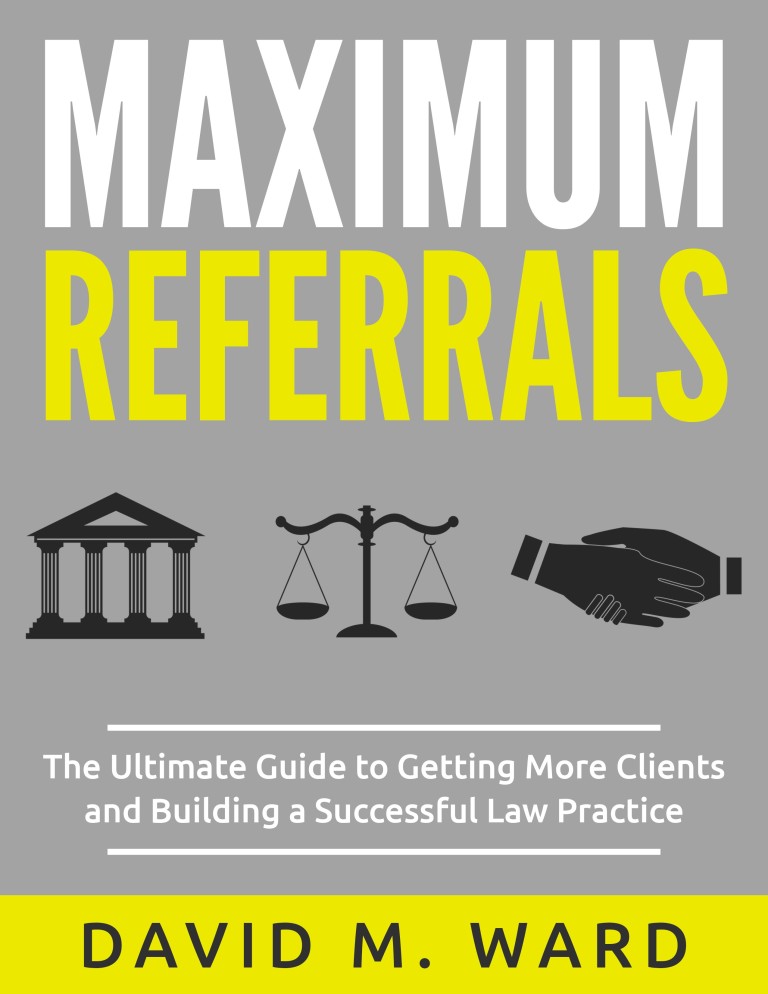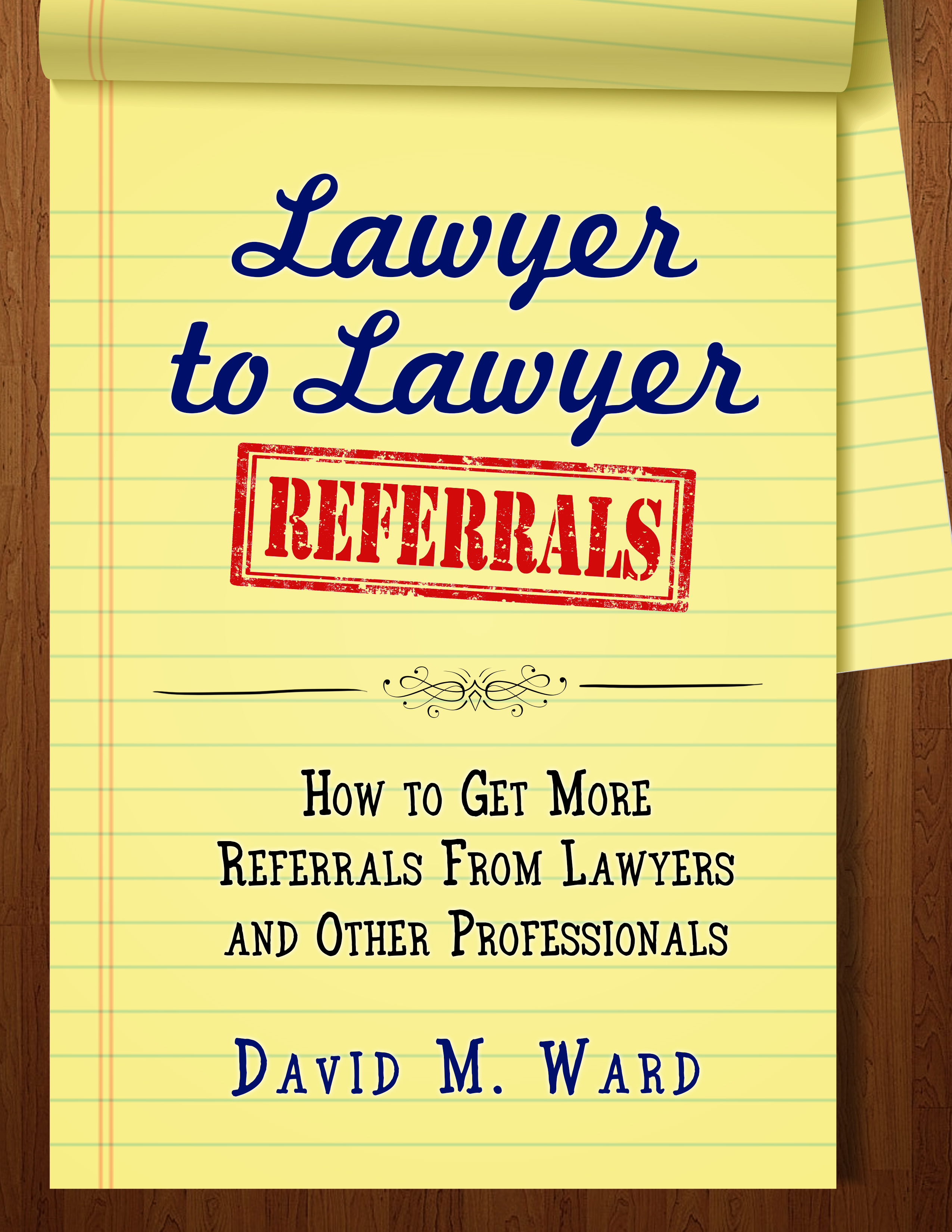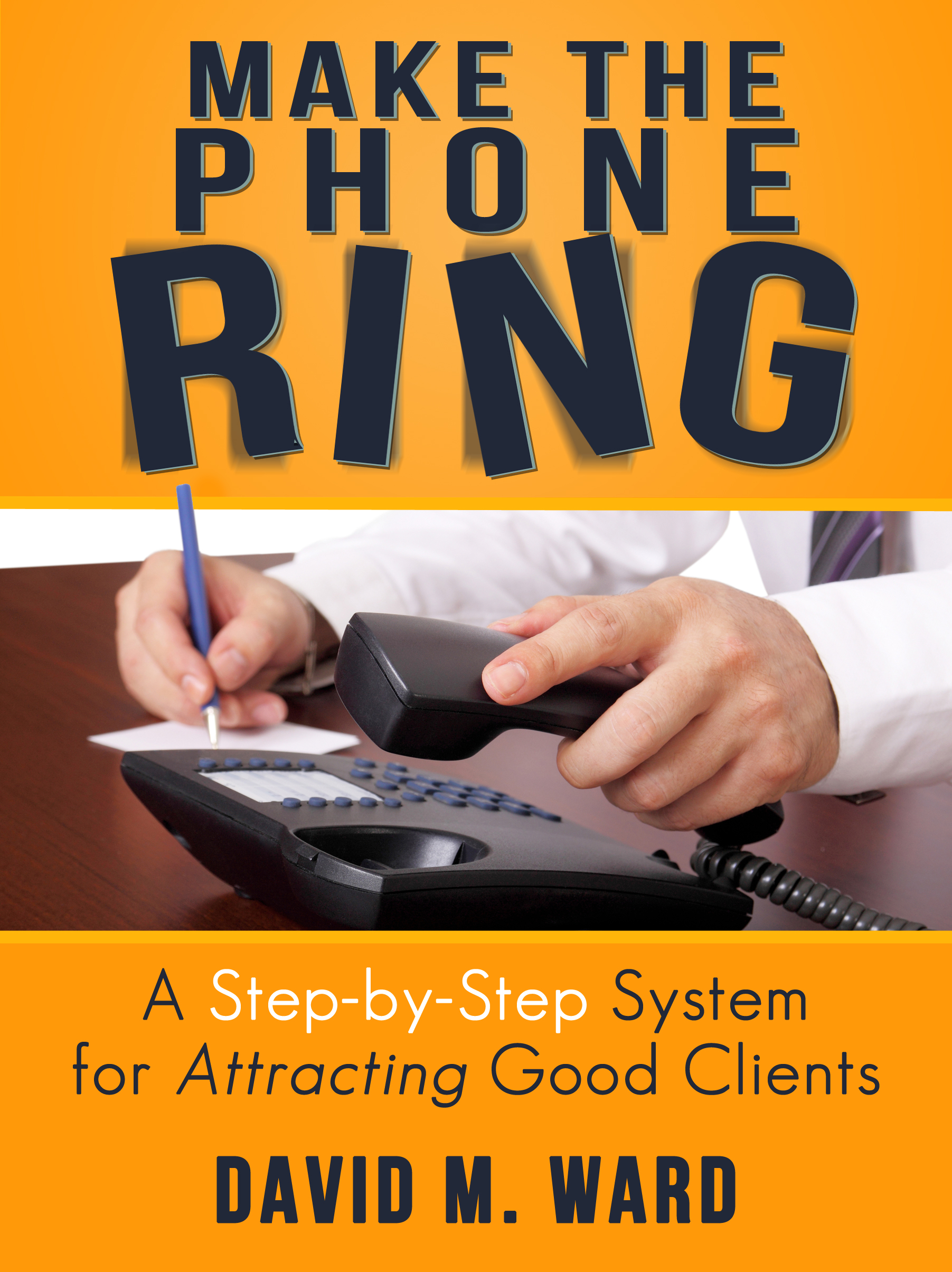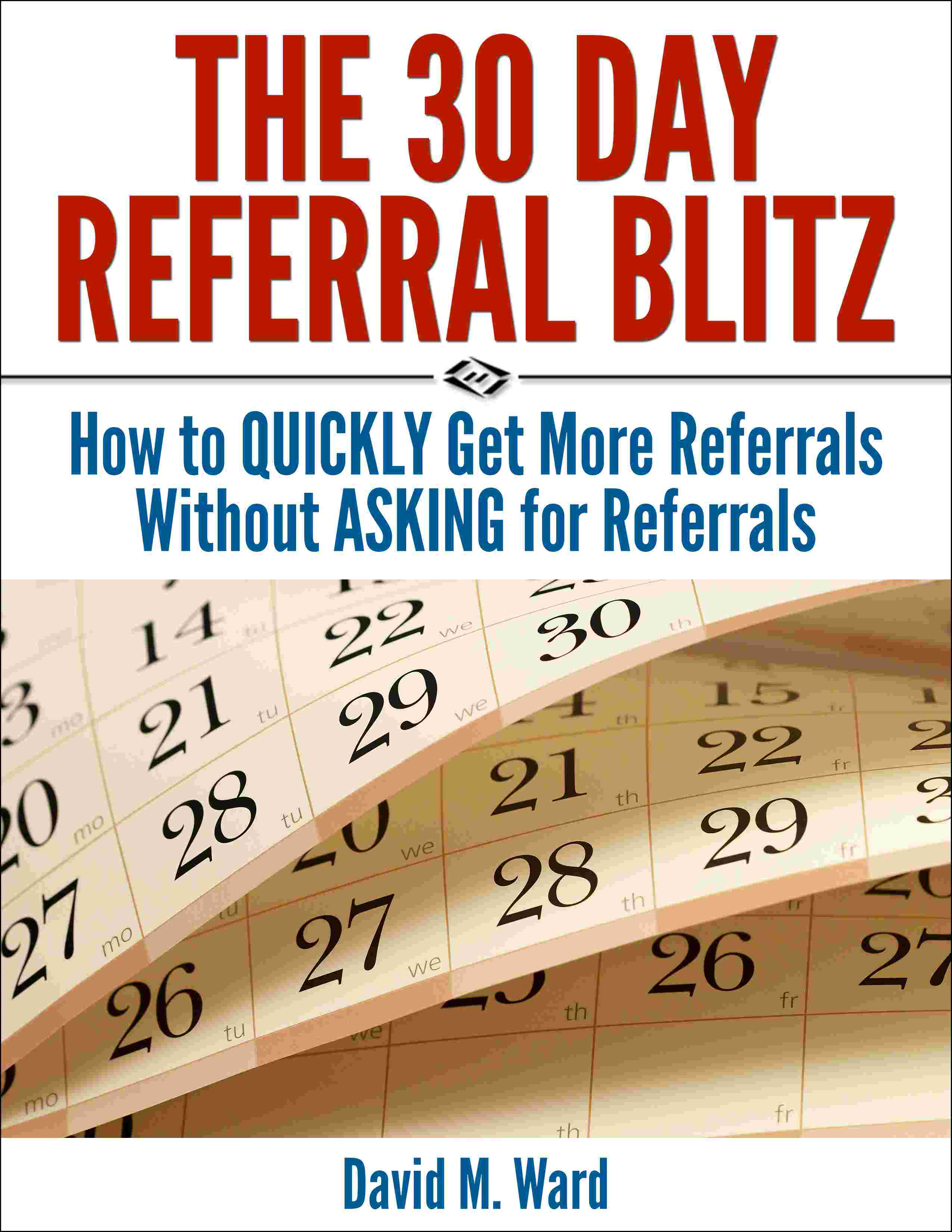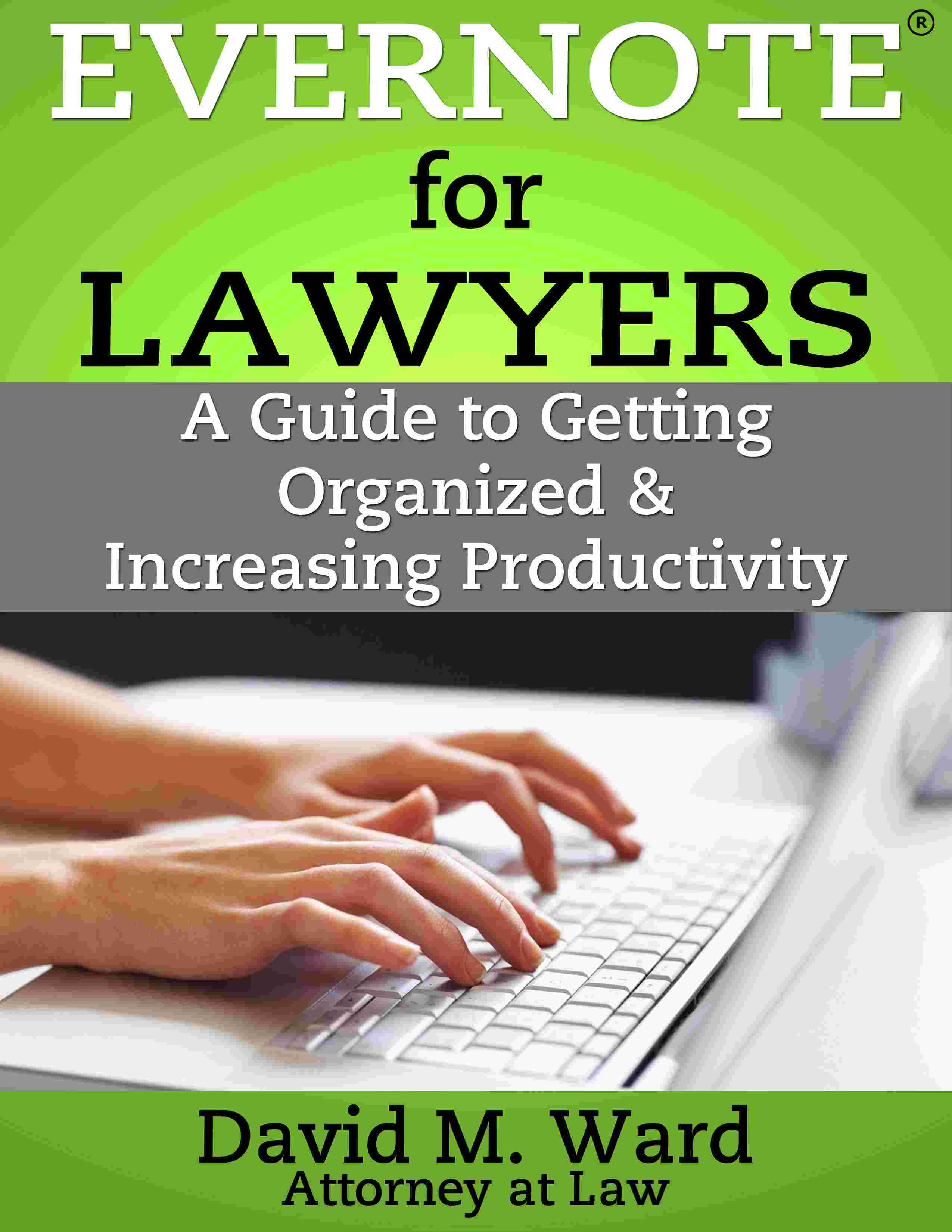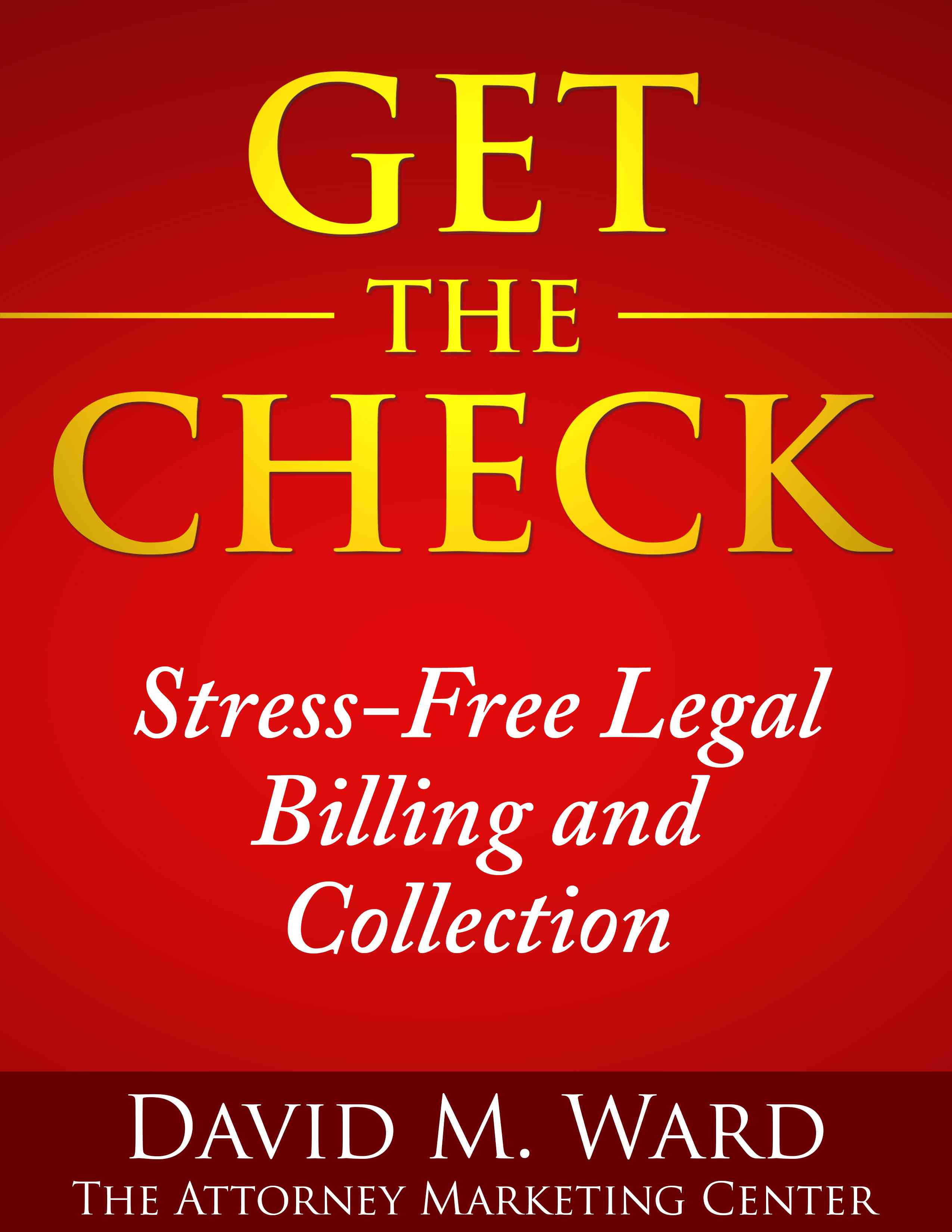I love a good hamburger and one of my favorite hamburger joints is In-N-Out Burger.
This morning, a video presented itself to me with the title, “BRITISH Try IN-N-OUT BURGER for the FIRST TIME!” so naturally, I read the description: “This is probably our most requested video EVER! We FINALLY GOT TO TRY IN-N-OUT and we LOVED it!”
Color me surprised.
Videos like these usually don’t tell you the verdict. You have to watch the thing to find out. Now I don’t have to.
For the record, even if they hadn’t revealed their opinion, I wouldn’t have invested 11:50 to find out.
Okay. I don’t know if posting “we LOVED it!” in the description was done intentionally, but in marketing, we do our best to come up with irresistible headlines and clickbait-y titles, to draw in readers and listeners to our content.
So, you have to wonder, is there anything to be gained by revealing the takeaway in advance?
The answer is, “maybe”.
If you’re a fan of the couple who made the video, if you’re one of the many who requested it, you watch it because it’s your thing.
If you’re crazy about IN-N-OUT and are curious to see what they ordered or to hear what they liked best or you want to know what they thought about the crowds or the service or the decor, or you’re bored and looking for something new to watch. . . maybe you watch even though you know how the movie ends.
Different strokes.
But this raises another question.
When you’re making videos, writing blog posts, or creating other content and hoping to get more eyes and ears on your creations, how do you know when (or if) you should provide spoilers?
You don’t.
But when you know your market well, eventually, you develop your Spidey Sense and know when it’s okay to break the rules.
Which is why you need to research your target market and make sure you know it inside and out (In-N-Out).
You can learn how to do that in my Email Marketing for Attorneys course.


